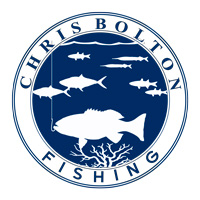Reef Fishing
Reef Fishing
Our reef fishing operations happen far offshore.
Some trips we can travel 90 nautical miles in a straight line to get to our fishing grounds.
On top of that, we fish a huge area, from Lizard Island in the north, to Townsville in the south.
Regardless of catch, no single area is repeatedly fished again and again!
Every fish is caught the way reef fish should be caught – one by one using hook, line and sinker. The hooks we use are made from mild steel so that they rust and dislodge from the mouth of a fish if the fish breaks the line. Sinkers are made right here from recycled steel, no lead is left on the reef. The line we use is biodegradable, so in the event of losing line, it wont be on the reef for ever.
We don’t anchor on coral. The style of fishing we do is actually away from what most people know as reef. We fish in open sandy paddocks 50m-150m in depth, with very isolated rubble or ferny patches on the bottom. The anchor is dropped onto sand, and rope is let out so that the boat hangs back over the top of the rubble or fern patch that holds the fish. It takes many years of practice to accurately anchor a boat in 100m of water, with 200-300m of rope, and end up directly over the top of a patch of fern sometimes only 2m round!
The quantity and variety of our catch is determined by the seasons and the weather. We need certain weather to fish certain ground, and some years we cannot fish some of the ground we would like to, or at the time we would like to because of the weather.
Having a small vessel means the weather plays a big part.
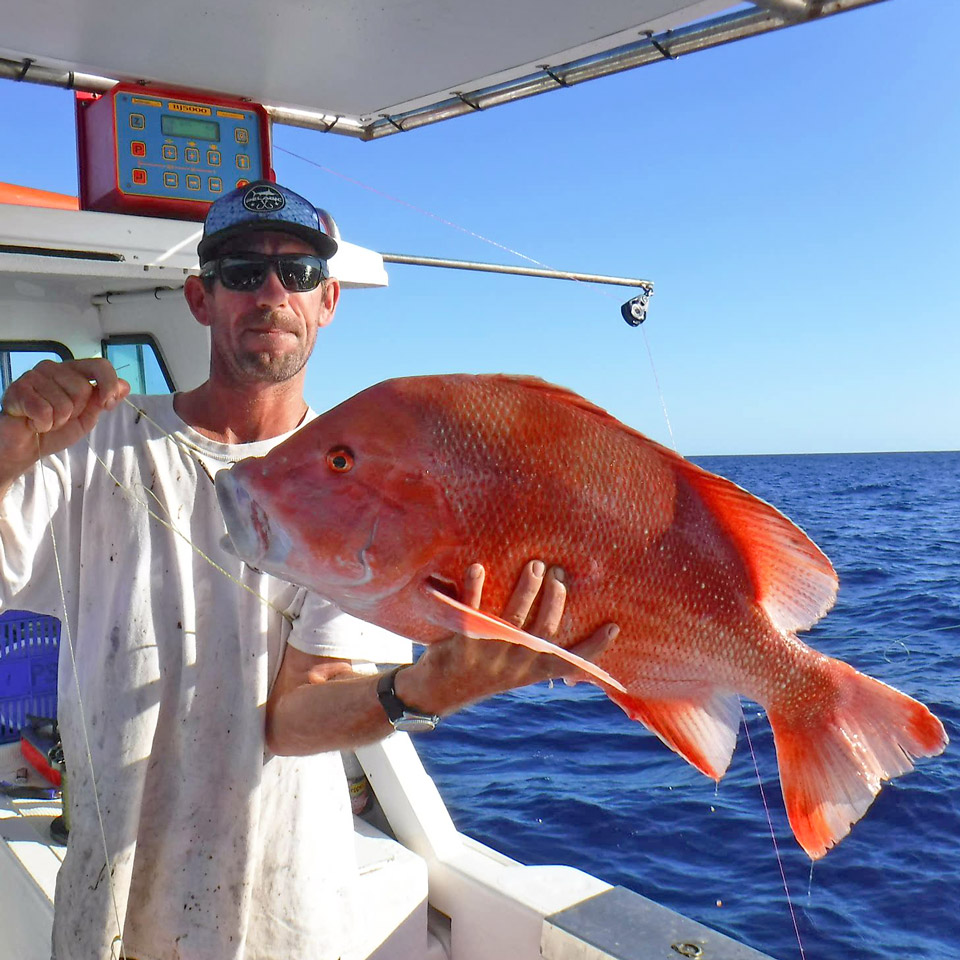
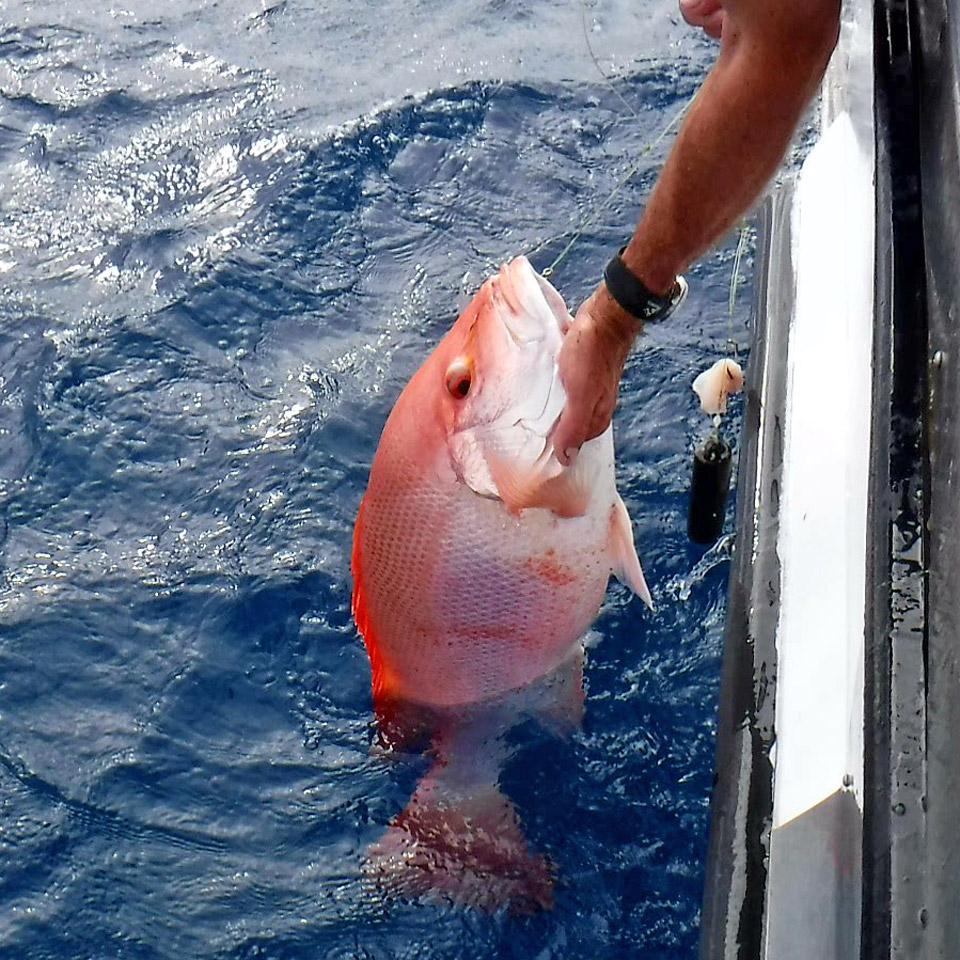
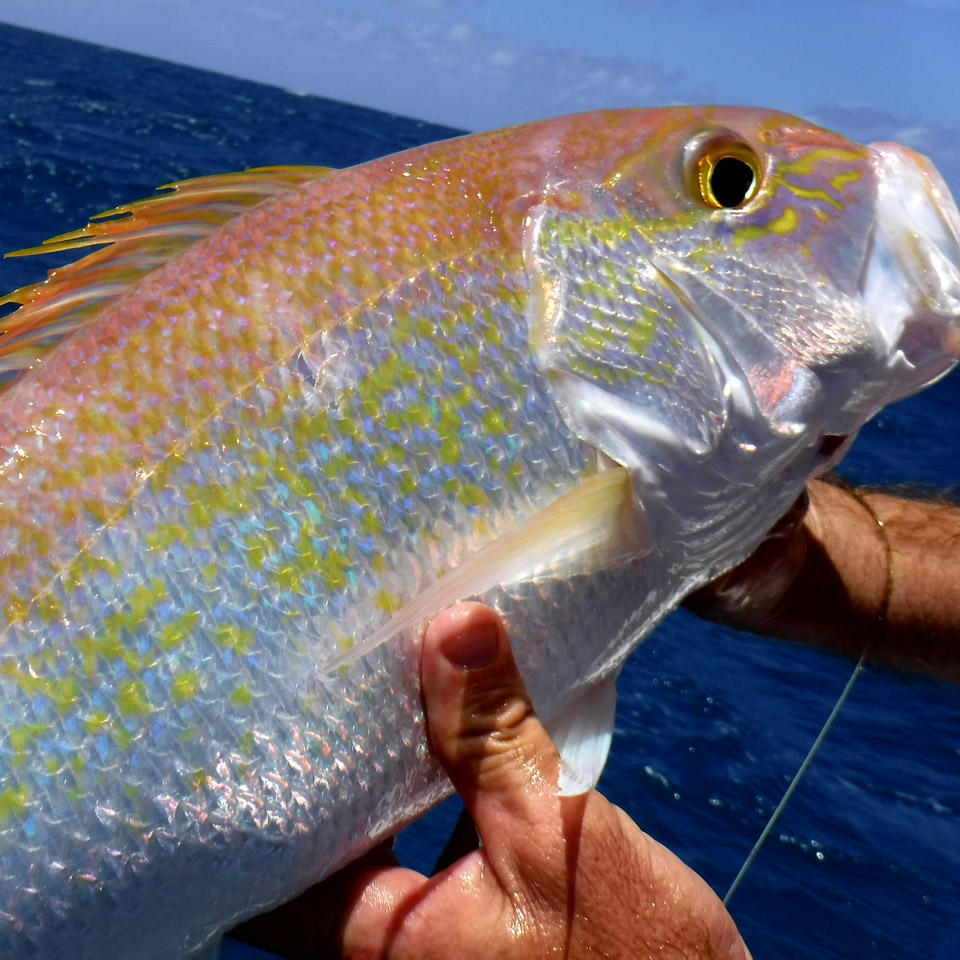
Our most productive months are usually from around July through until the end of February, give or take a month depending on the variations in seasons. No year is ever the same.
All species are caught year round, but the biggest % of our catch is red emperor, saddletail snapper, spangled emperor and goldband snapper.
Weather patterns, tides, and many other things influence the percentage of each species caught during a particular fishing trip.
During August/September larger numbers of coral trout are often caught. These are always very bright red because of the depth of water in which they are caught. Stunning looking fish.
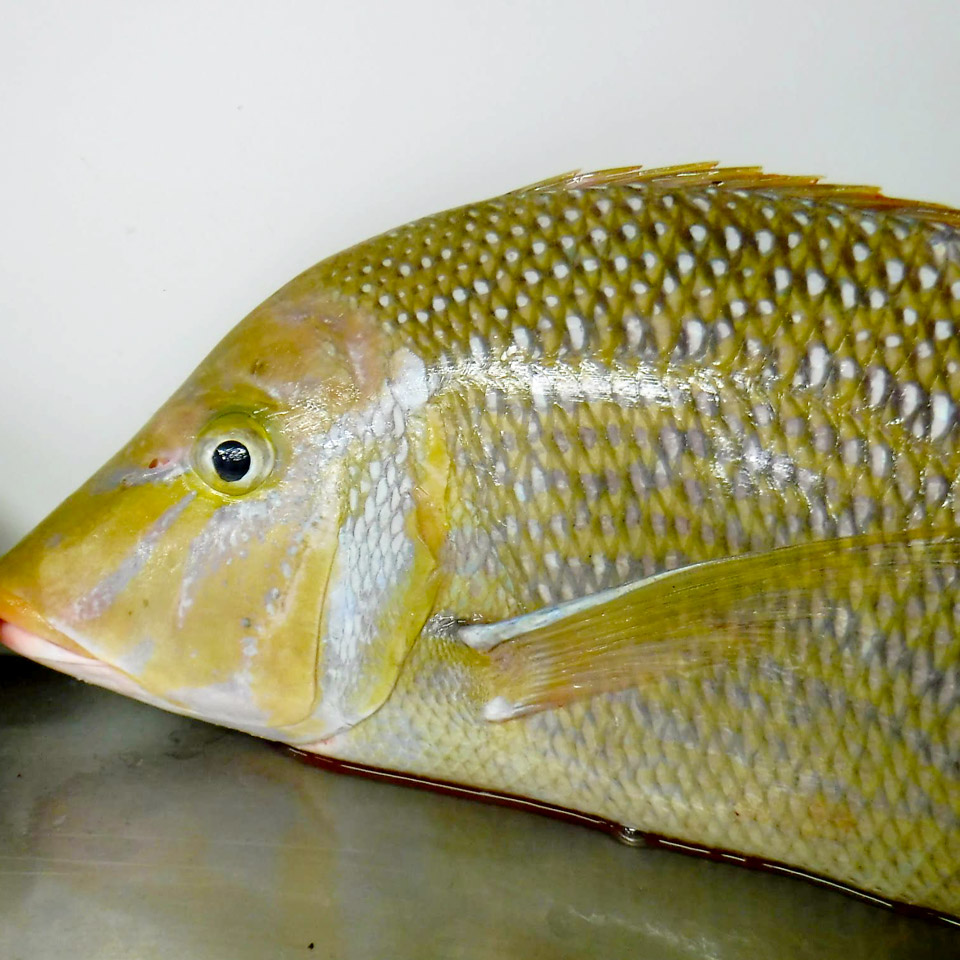
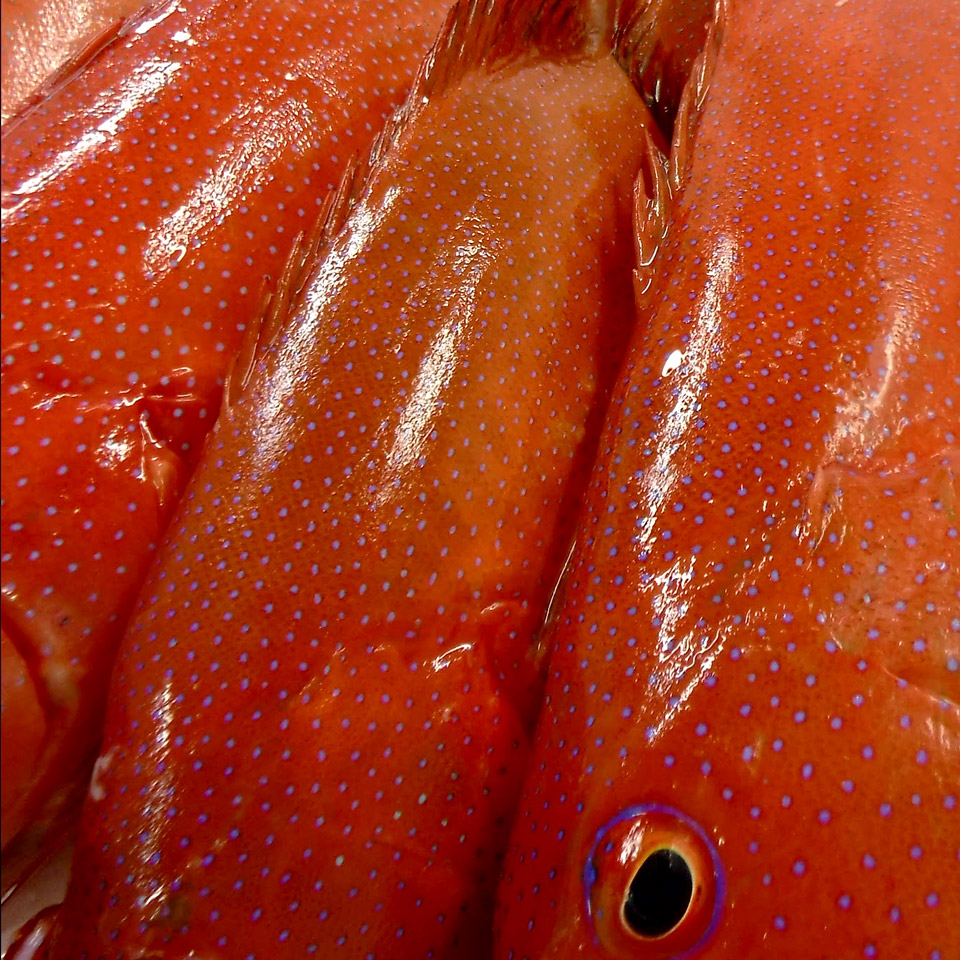
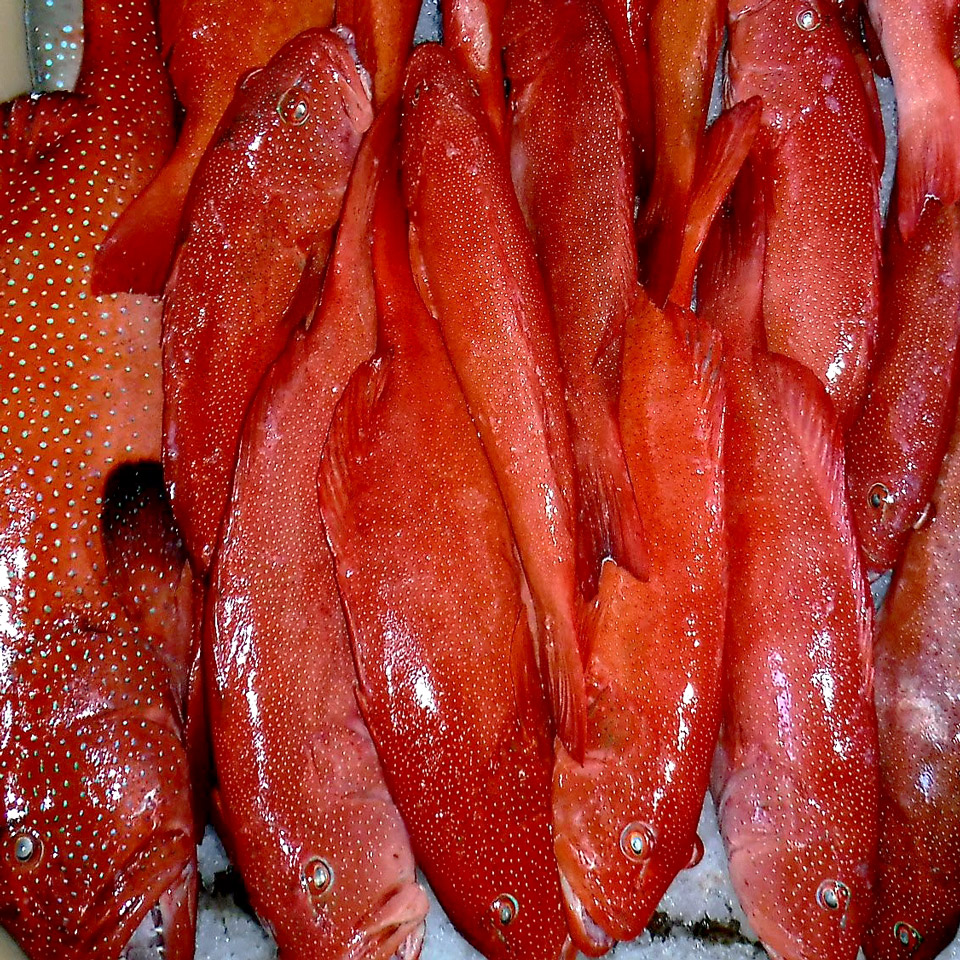
About CBF
Eating Fish
Bait Fish
Contact
Phone: 0400 956 585
Email: chrisboltonfishing@gmail.com
Commercial fishing boat licence 13193
Safefood accreditation number 122668001
